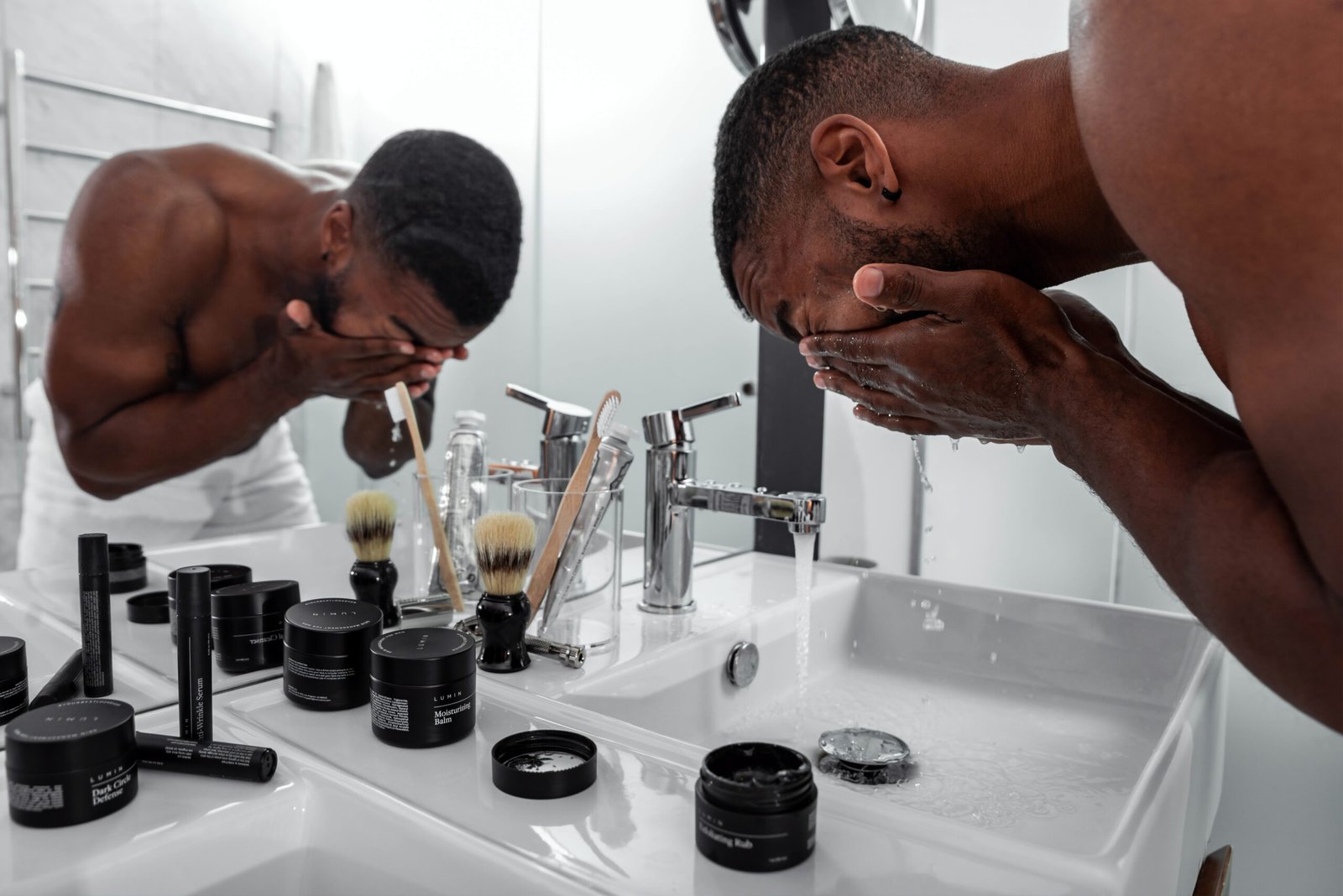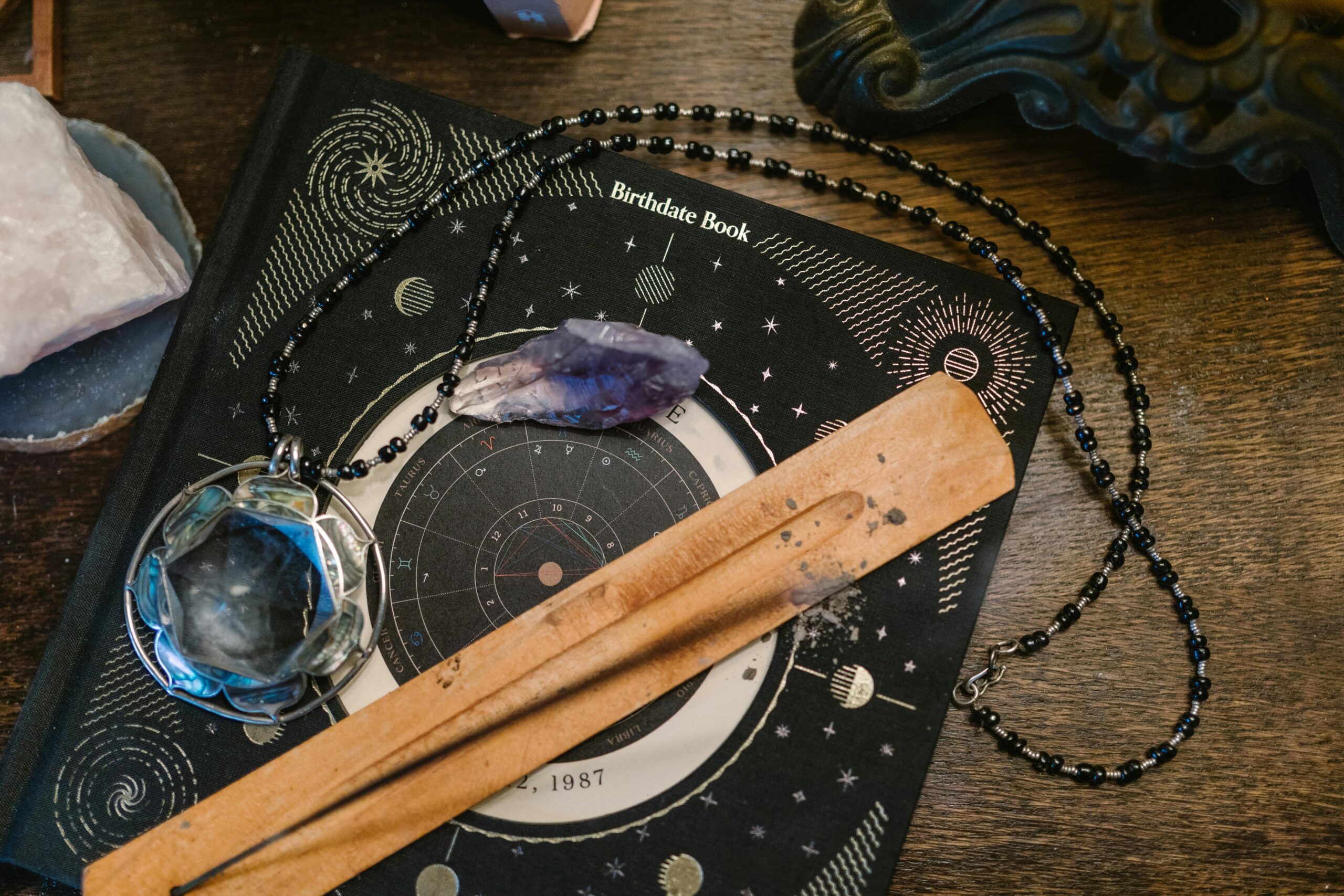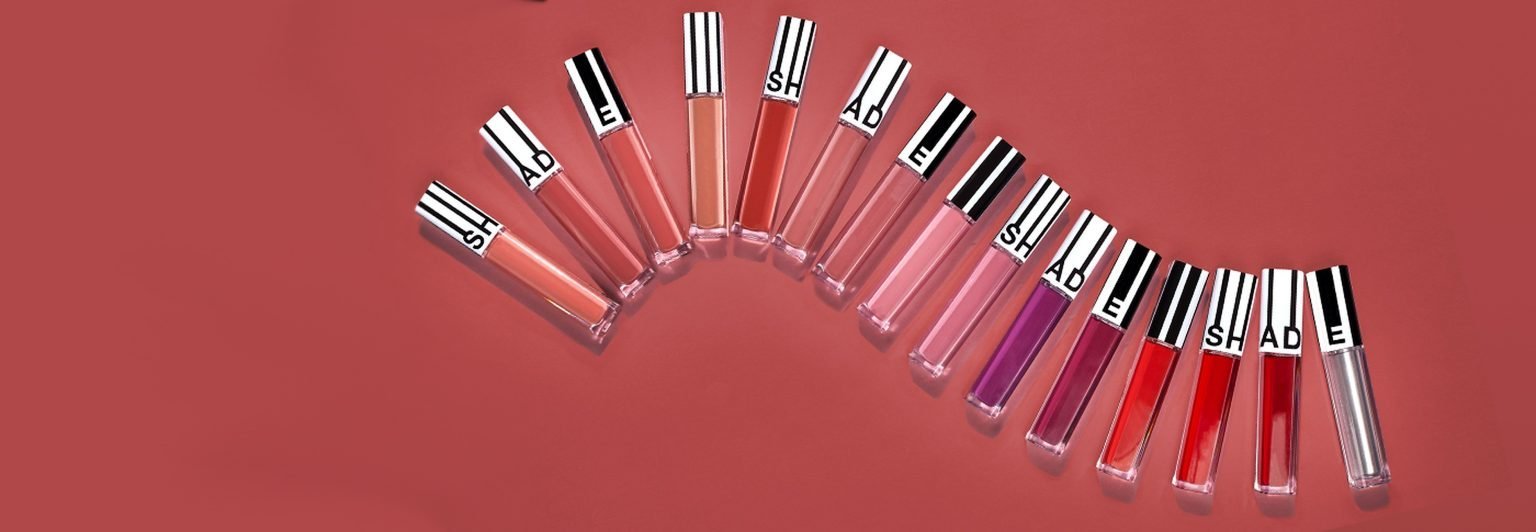Most of us have used traditional liquid shampoos at some point in our lives. While these shampoos do a great job of removing dirt and dust collected in your hair, they also strip off the natural oils of your scalp and hair, leading to dryness, dandruff, and itchy scalp.
To avoid these problems, a lot of people are switching to shampoo bars that are more gentle to the hair and scalp.
A majority of bottled shampoos contain sulfates and other harsh chemicals that remove natural oil and moisture from your scalp, leaving it dry and flaky. Shampoo bars, on the other hand, are made with naturally derived ingredients and are more soothing. However, before you switch to a shampoo bar for dandruff and an itchy scalp, here are a few things you must know.
Make Sure It Does Not Contain Sodium Hydroxide
Sodium hydroxide, commonly known as lye, is an alkaline element that chemically turns into glycerine when combined with oils. This is a common practice used to produce soaps. To ensure that the product you have purchased is a shampoo bar and not a soap, you need to check the ingredients thoroughly. Make sure that none of the oils have been combined with lye and that they are used in their pure form. If you wash your hair with soap, it will strip your hair of its natural oils, making it look dry and frizzy.
Avoid Hard Water while Washing Your Hair
If the water in your area is hard in nature, you will require a lot more shampoo to create a good lather. However, it becomes difficult to rinse off your head thoroughly since it leaves an unwanted film on your hair, causing roughness and tangled hair. Thus, it is better to avoid washing your hair with hard water. Instead, consider washing your hair with previously boiled water or distilled water while shampooing.

Dos and Don’ts of Washing Your Hair with a Shampoo Bar
The shampoo bars are a lot more concentrated than liquid shampoos. So, it is advisable to avoid rubbing the solid shampoo directly on your hair and scalp. Here’s what you should do and what you shouldn’t do:
Dos of Using a Shampoo Bar
- Rub the wet shampoo bar between your hands or on a soap pouch, natural sponge, or exfoliating glove to create a nice foamy lather.
- Section your locks in different patches, and massage those patches carefully with the shampoo foam.
- Use circular motions to spread the shampoo.
- Once the lather is applied to every part of your hair, rinse it carefully several times.
Don’ts of Using a Shampoo Bar
- Do not use the whole shampoo bar to wash your hair. Use only the lather produced from it.
- Do not ignore the parts of your head that are hard to reach, especially if you have long hair. Do not rush the shampooing part, as you may end up with mixed oily or dry patches of hair.
- Do not rush the rinsing step. Take the necessary time to remove all the excess shampoo.
Be Cautious During Transition
When you are in the transition phase, it is okay to find your hair looking a bit dull, dry, or coated in the beginning. Your hair needs time to adjust to the natural ingredients of your new shampoo bar as opposed to the chemical ones. Follow the tips mentioned above for at least 2 weeks to see the results.






